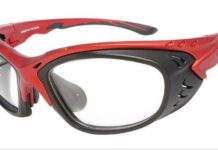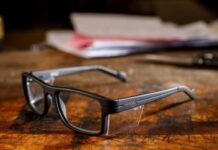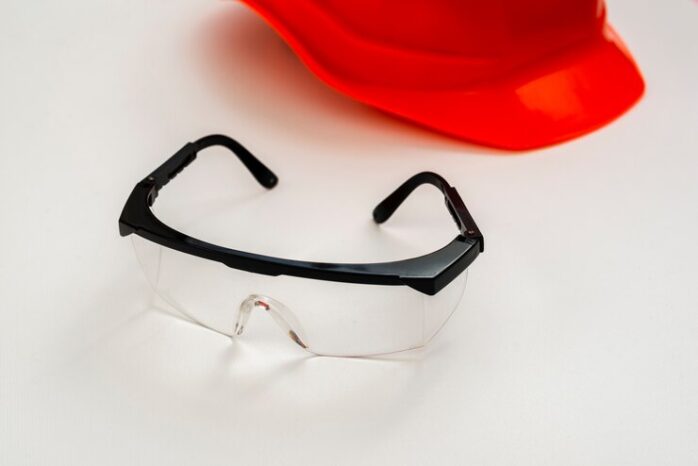
As an essential part of personal protective equipment (PPE), safety glasses provide eye protection against flying debris, chemicals, and other hazards in the workplace. Prescription Safety Glasses are essential for workers in various industries, including construction, manufacturing, and laboratory settings, where eye hazards are prevalent. Therefore, it is crucial to select the right ones to protect your eyes from potential hazards. Choosing the right ones for your job can be a daunting task, considering the various types, styles, and lens coatings.
In this article, we will guide you through the process of selecting the right safety glasses for your job by discussing the key factors to consider, such as lens material, frame style, and ANSI rating.
Importance of Safety Glasses

The best prescription safety glasses provide eye protection by shielding the eyes from debris, chemicals, radiation, and other hazardous substances. Eye injuries can range from minor eye irritation to permanent vision loss, and even blindness. Therefore, wearing safety glasses can prevent eye injuries and ensure the safety and well-being of workers.
Key Factors to Consider While Choosing Safety Glasses
Choosing the right safety glasses requires considering several key factors, including lens material, frame style, ANSI rating, and lens coating. Let’s explore all of them individually:
1. Lens Material
Choosing the right lens material for safety glasses is crucial for adequate eye protection in the workplace. The lens material determines the level of impact resistance, optical clarity, and scratch resistance of the glasses. Polycarbonate lenses are the most common and popular lens material for safety glasses as they are lightweight, durable, and impact-resistant. They can withstand high-velocity impact and provide excellent optical clarity, making them suitable for most industrial settings. Trivex lenses are another popular option that offers better optical quality and scratch resistance than polycarbonate. Glass lenses are heavy and fragile, making them less popular than polycarbonate and Trivex.
Selecting the right lens material also depends on the type of work environment and potential hazards. Workers in high-risk environments such as construction, manufacturing, and laboratories require safety glasses with lenses that can withstand severe impact and provide maximum protection. On the other hand, workers in low-risk environments such as office settings may require those with lenses that offer less impact resistance but more optical clarity.
Therefore, it is crucial to choose the right lens material based on the work environment and potential hazards to ensure adequate eye protection and prevent eye injuries.
2. Frame Style
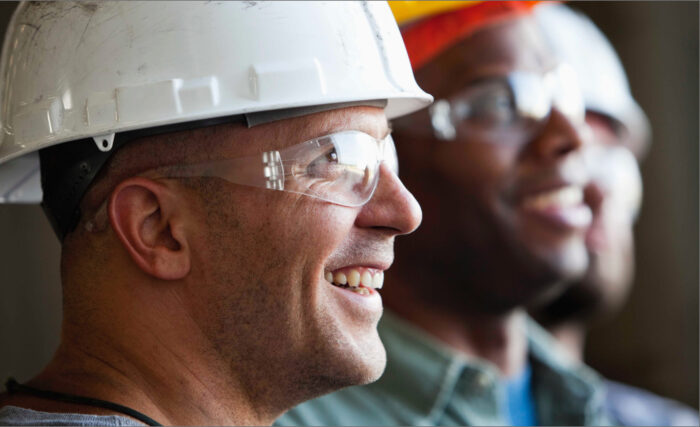
The frame style is an important factor to consider as it affects the fit, comfort, and durability of the safety glasses. They come in different frame styles, such as full-frame, half-frame, and rimless. Full-frame glasses offer the most protection as they cover the entire eye area, while half-frame ones are lighter and more comfortable to wear for extended periods. Rimless ones are the lightest and offer a minimalistic look but provide less protection.
3. ANSI Rating
The American National Standards Institute (ANSI) sets standards for safety glasses to ensure they meet specific requirements for impact resistance and optical clarity. ANSI Z87.1 is the most common rating for safety glasses and indicates that they meet or exceed the minimum standards for impact resistance and optical clarity.
4. Lens Coating
Lens coatings are applied to safety glasses to enhance their performance and protect the lenses from scratches and fogging. Some common lens coatings include anti-scratch, anti-fog, and polarized coatings. Anti-scratch coatings provide scratch resistance, anti-fog coatings prevent fogging, and polarized coatings reduce glare and improve visibility in bright environments.
5. Fit
The fit of safety glasses is essential for comfort and protection. Ill-fitting glasses can cause discomfort, slip off the face, and fail to provide adequate protection. When trying them on, make sure they fit snugly but not too tightly and that they do not obstruct your peripheral vision.
6. Durability
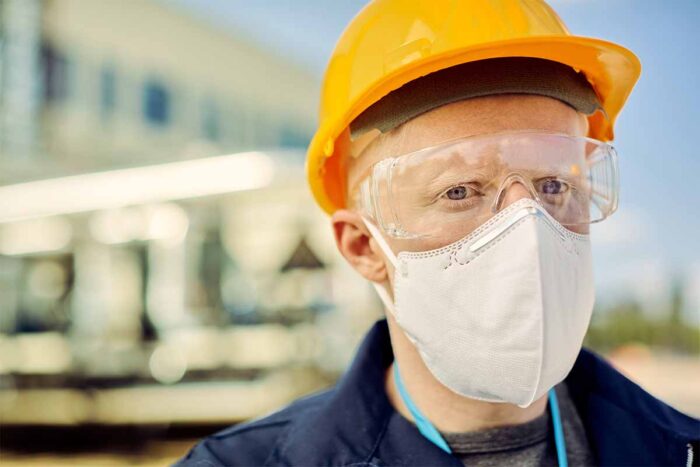
Durability is another factor to consider when selecting safety glasses. Look for those made from high-quality materials that can withstand wear and tear, such as impact-resistant polycarbonate lenses and sturdy frame materials like nylon or metal. In the context of durability, it’s vital to understand the environment you’ll be working in. If your job involves exposure to chemicals, it’s crucial to opt for lenses with a resistant coating to prevent degradation. Similarly, those involved in construction or areas where airborne debris is common should prioritize safety equipment with scratch-resistant coatings, ensuring clarity of vision over extended periods.
Another element to evaluate is the strength of the frame. While the lens protects your eyes, the frame’s robustness ensures that the glasses remain intact even after an accidental drop or collision. Some frames come with a wraparound design, which not only provides extended protection from side impacts but also ensures a snug fit, reducing the chances of the glasses slipping off during crucial tasks.
The hinges and arms of the glasses are often overlooked but play a vital role in durability. Look for reinforced or double-hinged designs that allow flexibility without compromising the glasses’ structural integrity.
Lastly, consider the longevity of the safety glasses. Investing in a durable pair might seem costlier initially, but it’s more economical in the long run, reducing the need for frequent replacements. It also ensures that you’re consistently protected, without gaps in safety due to equipment failures.
7. Tint
Tinted safety glasses are suitable for outdoor use as they reduce glare and protect against UV radiation. However, it is essential to consider the type of work you will be doing and whether tinted lenses will affect your visibility.
8. Ventilation
Safety glasses with proper ventilation can help prevent fogging and keep the lenses clear, especially in hot and humid environments. Look for glasses with vents or anti-fog coatings to ensure optimal visibility.
9. Style
While safety should be the primary consideration, style is also important. Choose safety glasses that you feel comfortable wearing, and that match your personal style. This will encourage you to wear them consistently, ensuring adequate protection for your eyes.
10. Prescription Compatibility

For workers who require prescription glasses, it is crucial to choose those that are compatible with their prescription. Look for safety glasses that offer prescription lenses or can fit over prescription glasses.
Considering these key factors when selecting safety glasses will help ensure that you choose the right ones for your job and protect your eyes from potential hazards.
Wrapping Up
Choosing the right safety glasses is essential for protecting your eyes in the workplace. With so many options available, it can be overwhelming to determine which factors to consider. However, by taking into account key factors such as lens material, frame style, ANSI rating, lens coating, fit, durability, tint, ventilation, style, and prescription compatibility, you can make an informed decision.
It is important to select those based on the work environment and potential hazards to ensure adequate eye protection and prevent eye injuries. By choosing the right ones, you can protect your eyes and reduce the risk of work-related eye injuries. Remember to prioritize safety when selecting safety glasses, but also choose ones that are comfortable and fit your personal style to ensure consistent wear.

